1,577 days, 2,409 entries ...
Newsticker, link list, time machine: HOLO.mg/stream logs emerging trajectories in art, science, technology, and culture––every day
The 60th International Venice Biennale opens in Italy with its usual dynamic roster of global talent. Excitingly, Archie Moore populates Australia’s pavilion with kith and kin (2024, image), a dizzying “holographic map of relations” charting 2,400 generations of the artist’s Indigenous ancestry and its many ties to the living world. Other pavilions of note include Hungary (Márton Nemes), Iceland (Hildigunnur Birgisdóttir), and Lithuania (Pakui Hardware & Marija Teresė Rožanskaitė).
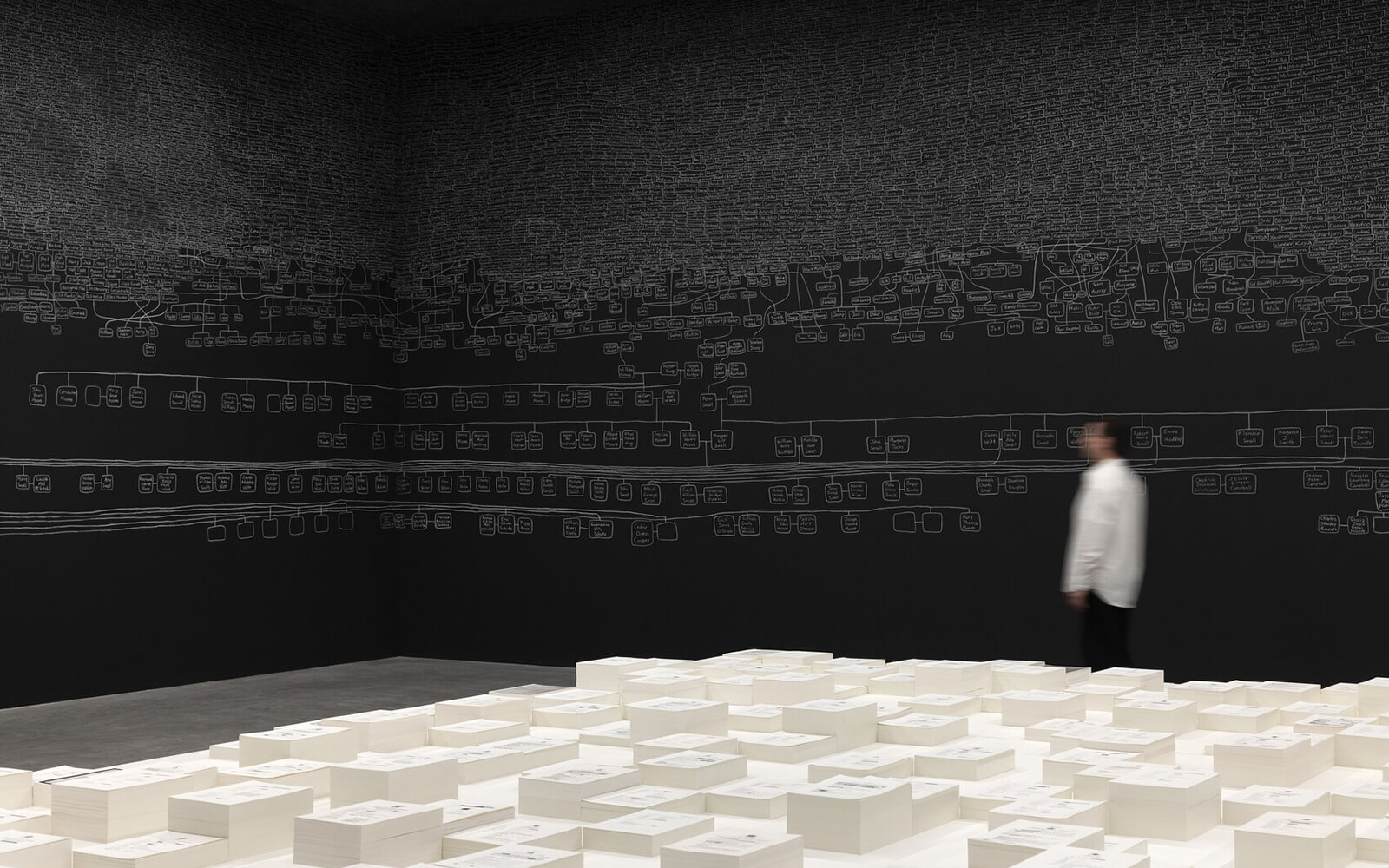
Dani Ploeger’s solo exhibition “Destructive Circuits” opens at V2_, Rotterdam, surveying works from his long-running research into the appropriation of everyday technology for homemade weaponry. According to the UN, so-called Improvised Explosive Devices (IEDs) kill thousands every year and profoundly impact security. Ploeger illuminates IED construction, their history, and links to globalized techno-consumerism and media politics with the display of trigger systems, timer devices, a sci-fi short, and an interactive sculpture that ‘blows up.’
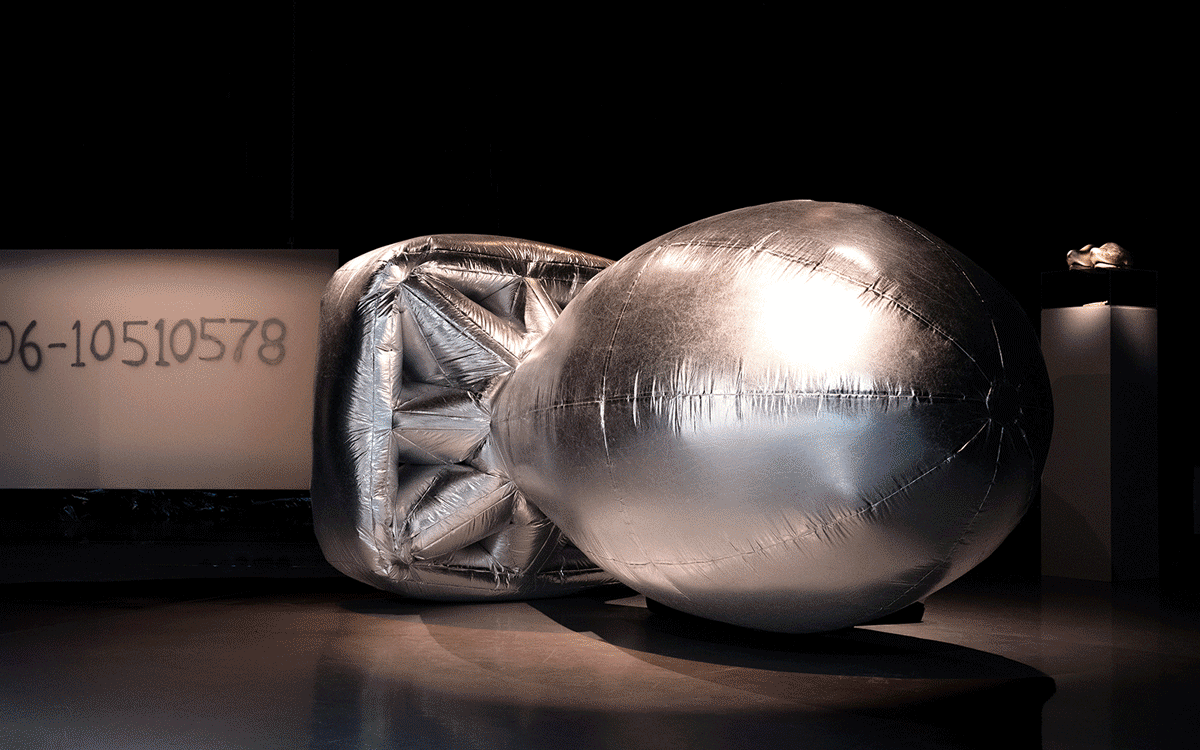
“Quantum Soup,” a solo show surveying Libby Heaney’s sustained exploration of quantum physics-informed aesthetics, opens at Basel’s House of Electronic Art (HEK). Curated by Sabine Himmelsbach, the show presents CGI works by the British artist including ENT– (2022) and slimeQrawl (2023), and her mournful VR experience Heartbreak and Magic (2024). Heaney “visually tests scientific concepts such as contextuality, entanglement, and superposition, making them accessible,” writes Himmelsbach.
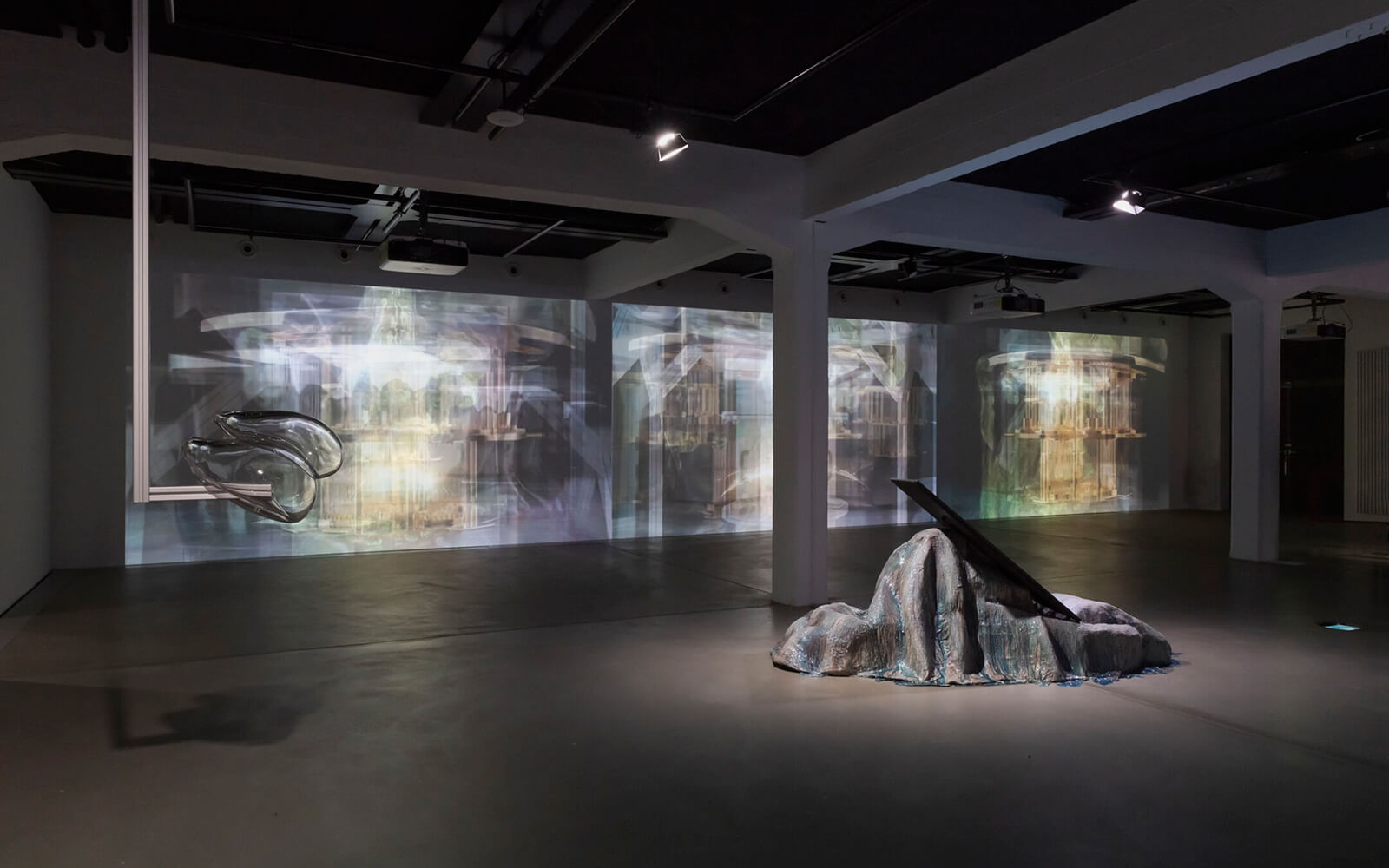
Threading connectivity in red, Chiharu Shiota’s “Everyone, a Universe” opens at Fundació Antoni Tàpies in Barcelona. True to her signature delicate network aesthetic, the Japanese artist wires up 43 chairs purchased at a flea market and two thousand skeins of wool into the show’s titular work (2024, image). “Perhaps death is not a return to nothing but, rather, a matter of integrating ourselves,” says Shiota of her preoccupation with mortality and universal interconnection.
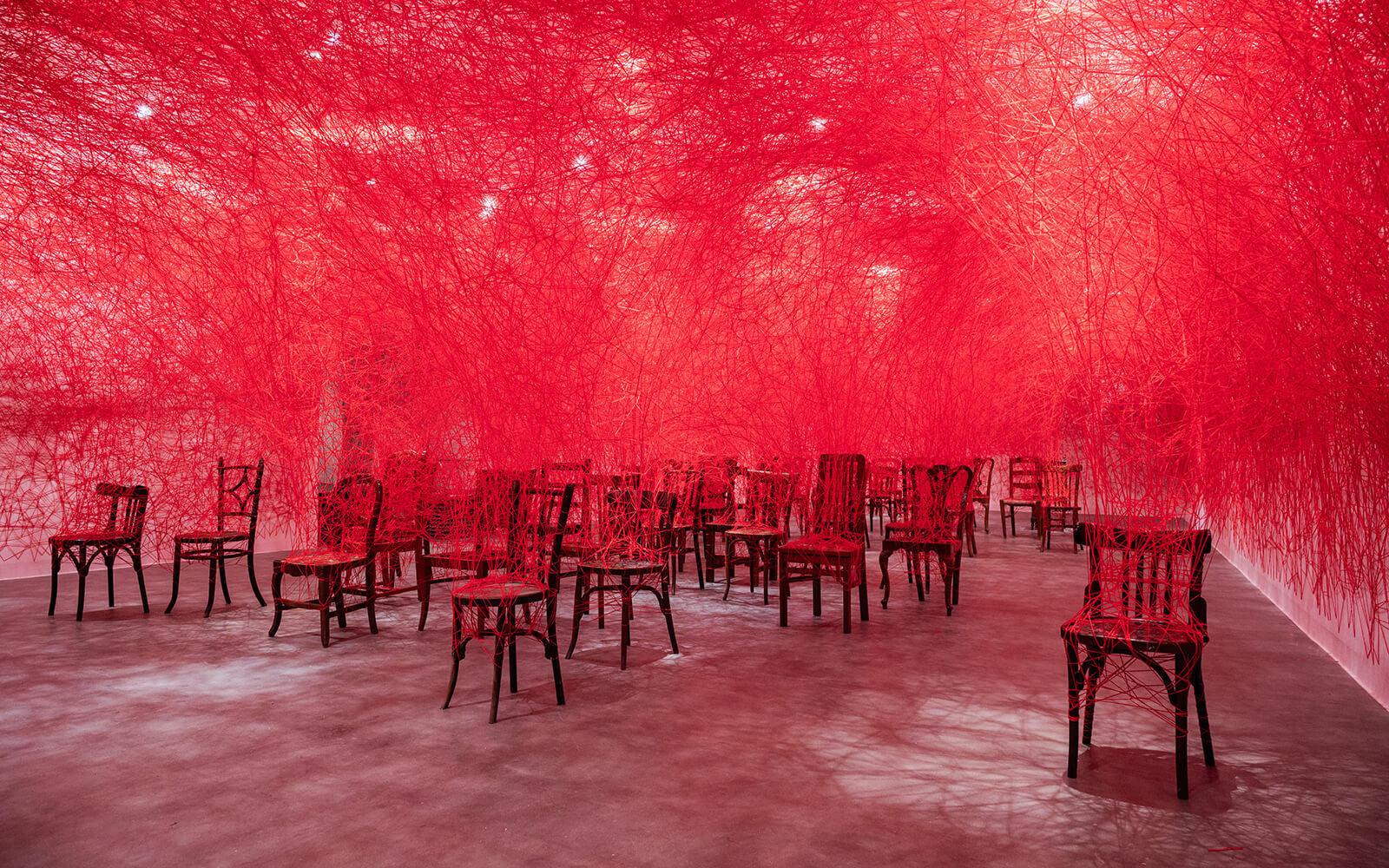
How (not) to get hit by a self-driving car, an installation and game by Tomo Kihara and Daniel Coppen, opens at San Francisco’s Asian Art Museum. Navigating a mock-street in the gallery, visitors try to make their way across a crosswalk without being detected by a computer vision system. A provocation in a city where autonomous vehicles are regularly involved in accidents, the game underscores “how going unseen by a similar AI system in an actual self-driving car could result in a tragic collision.”
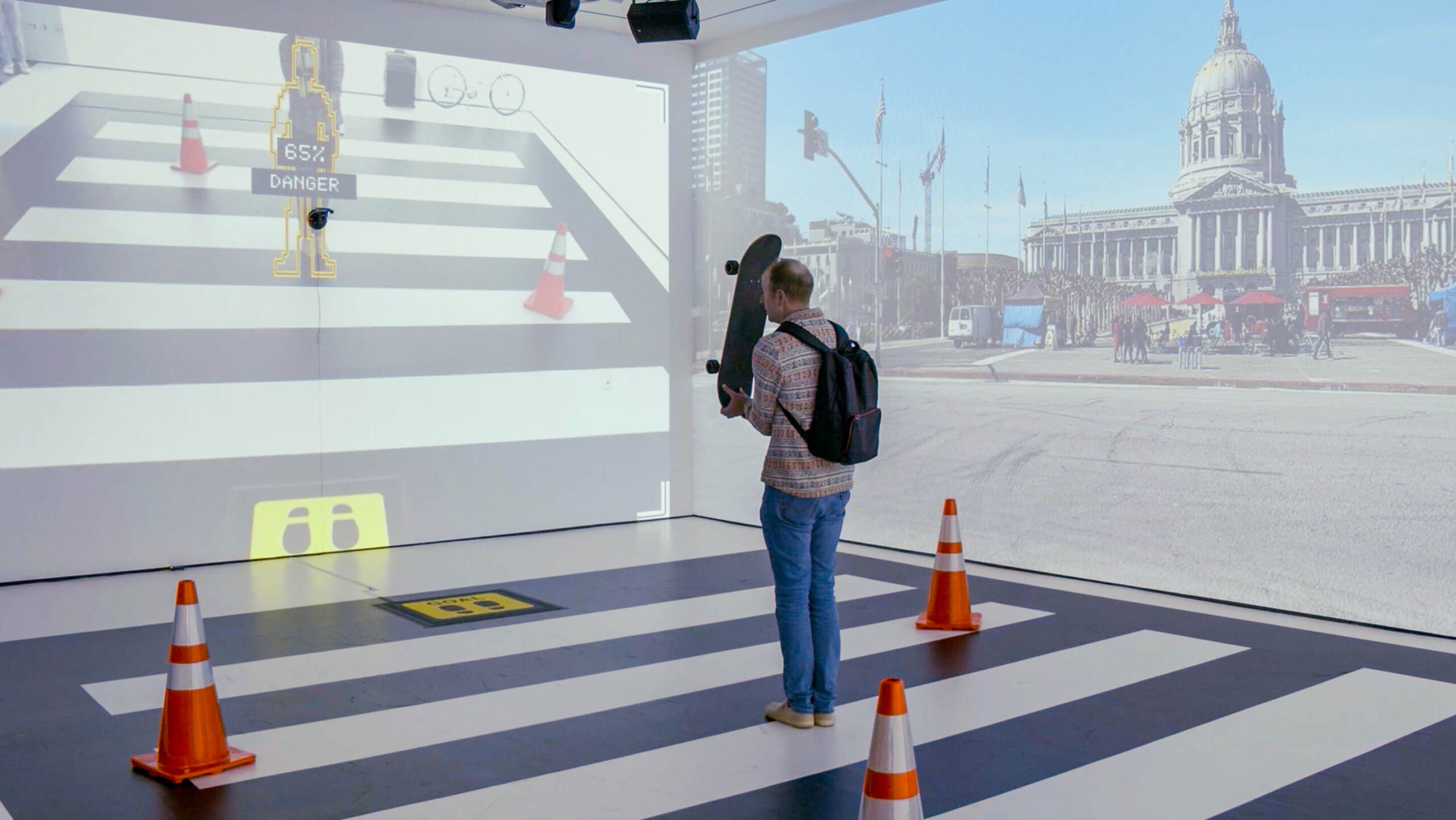
Tomás Saraceno’s solo exhibition “Live(s) on Air” opens at Tanya Bonakdar Gallery in Los Angeles, showcasing, among other works, new cloud and foam sculptures that manifest as clusters of iridescent geometries suspended in mid-air. Juxtapozed with a series of infrared photography that suggests a new era of climate-neutral aerosolar flight, the Argentinian artist’s floating colour fractals “make visible the spectral hues and synaesthetic vectors that shape the cosmic web,” inviting meditation on “forms of life and eco-social interdependence.”
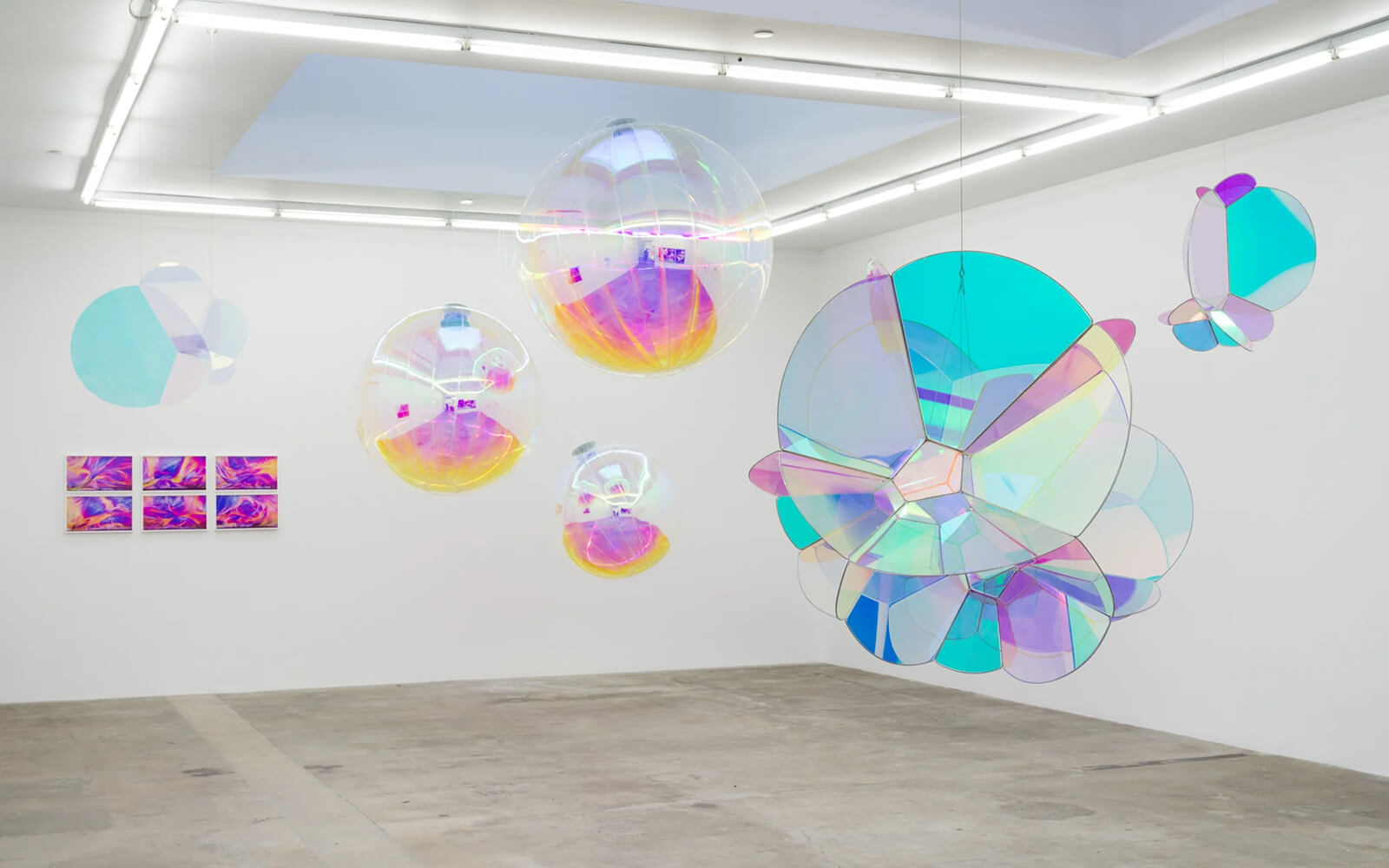
Rosa Menkman’s mixed-media installation, A Spectrum of Lost and Unnamed Colours (2024), opens at EPFL Pavilions, Lausanne (CH), concluding the “speculative dialogues” with computer and environmental scientists that informed the work and guided her EPFL residency. In a series of translucent, lens-like sigils, the Dutch artist and researcher tells the story of a future media archaeologist who, in mapping colour loss, uncovers how air pollution and AI deluge ‘dimmed’ the atmospheric rainbow—“nature’s original ‘glitch’.”
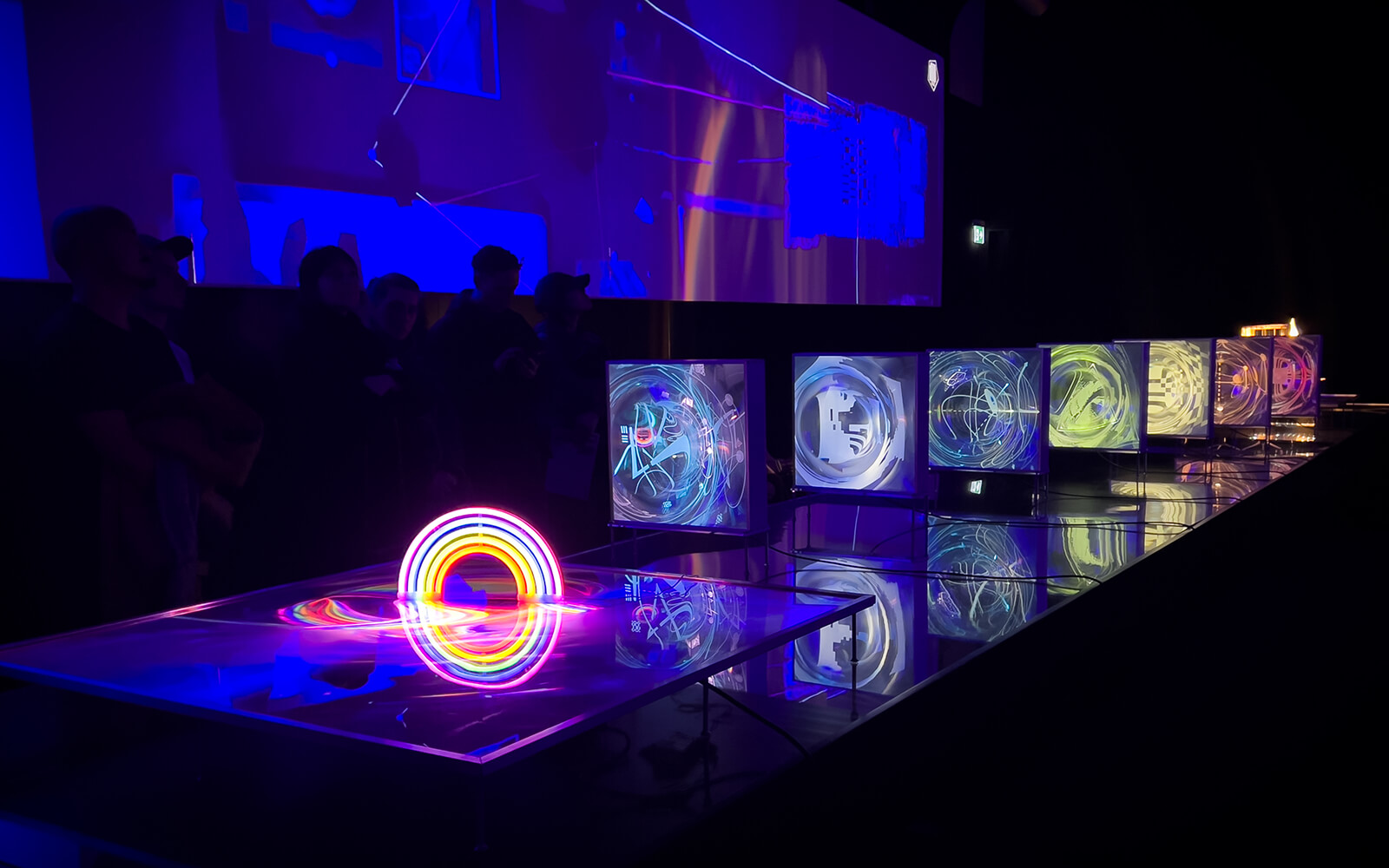
Riffing on how film noir protagonists struggle to make sense of their broken and corrupt worlds, Lawrence Lek’s “NOX” opens in Berlin. The speculative filmmaker’s largest show to date, Lek presents a facility where Farsight Corporation, a fictional AI conglomerate, train and service sentient self-driving cars. Exploring Kranzler Eck’s multilevel layout, visitors consume film, sound, and videogame-based works to piece together an elaborate narrative about a rogue self-driving car and therapy bot.
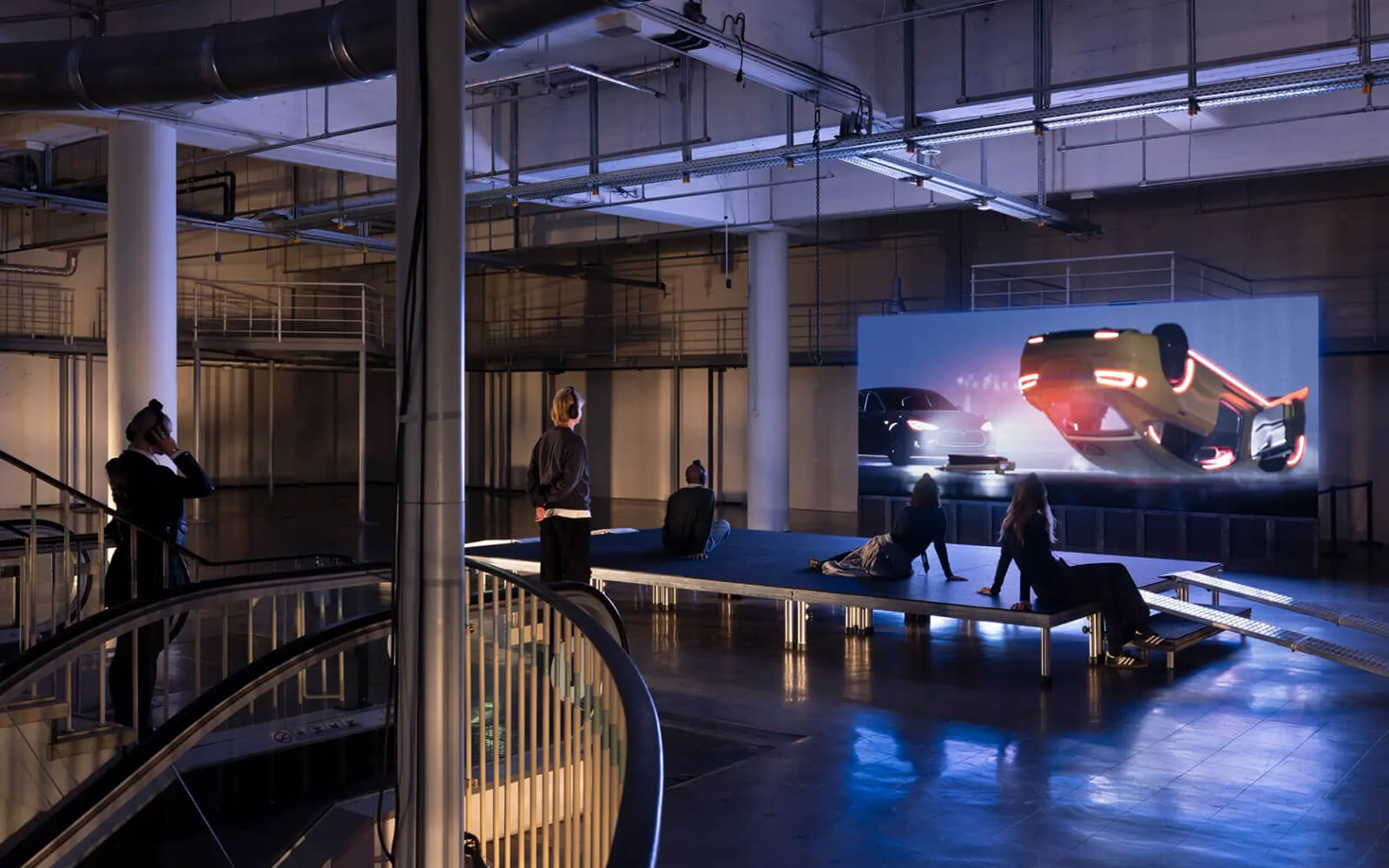
“The names of various cancer variants and hereditary syndromes flutter across the screen as if from an invisible source, but a few minutes later it doesn’t matter anymore because the universe will end one day.”
“Interreality,” a group show involving many leading digital artists, opens at The Desmond Tower in Los Angeles. Produced by bitforms and PR For Artists, it presents works by participants including Refik Anadol, Claudia Hart, Auriea Harvey, Tyler Hobbs, Rafael Lozano-Hemmer, Maya Man, and Manfred Mohr. Focused on the gap between ‘digital’ and ‘physical,’ its artists demonstrate how realms “commonly perceived as separate, can be unified because the divisions between them are illusory,” writes curator Mieke Marple.
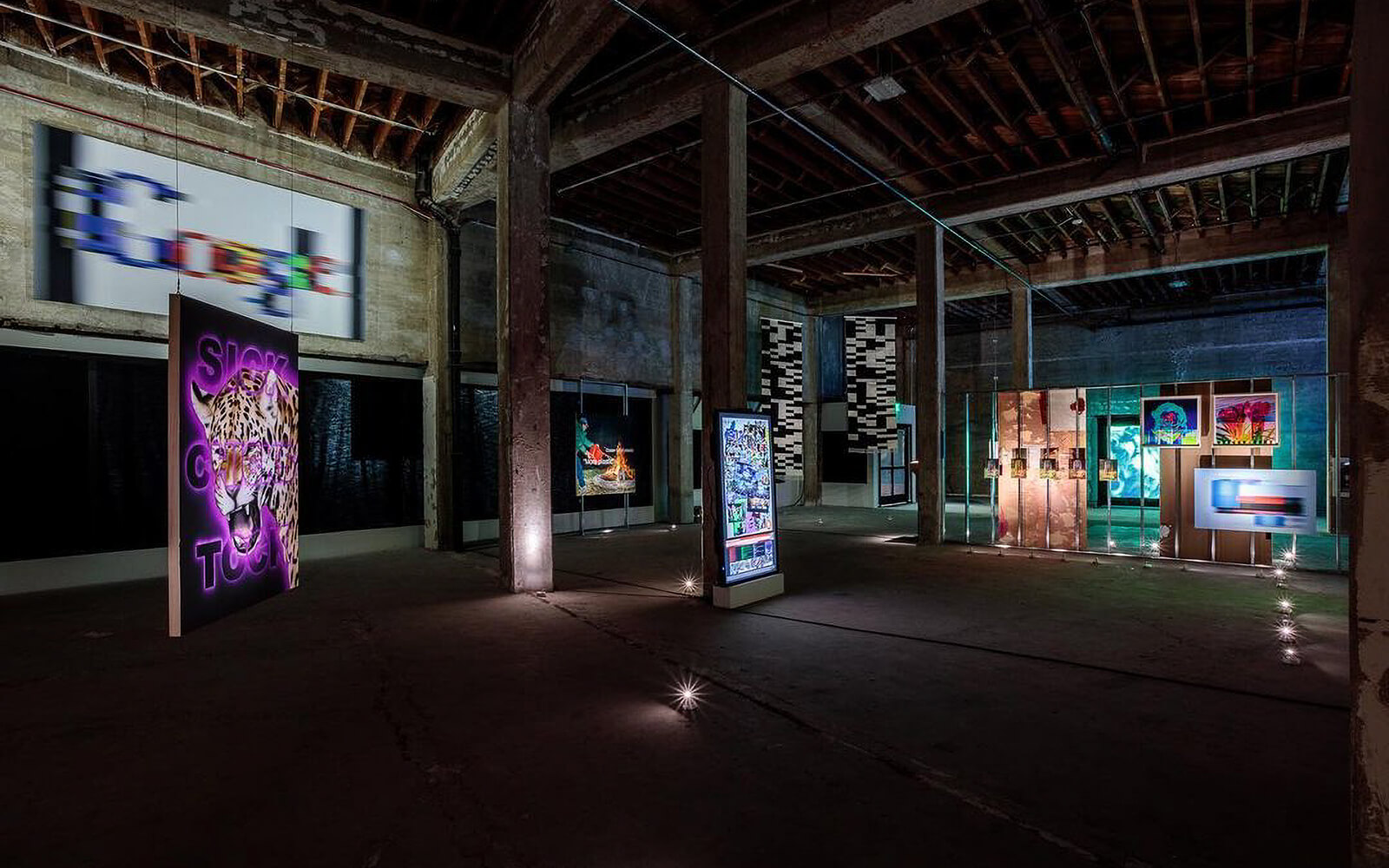
“Synchronicity,” the largest-ever survey of United Visual Artists (UVA) sophisticated immersive installations, opens at London’s 180 Studios. Curated by Julia Kaganskiy, the exhibition presents works including the cosmic geometries of Musica Universalis (2016, image) alongside a new collaboration with Massive Attack’s Robert ‘3D’ Del Naja, which renders a deluge of algorithmically-generated data and headlines to disrupt the “sense of time, coherence, narrative, and consensus reality” of viewers.
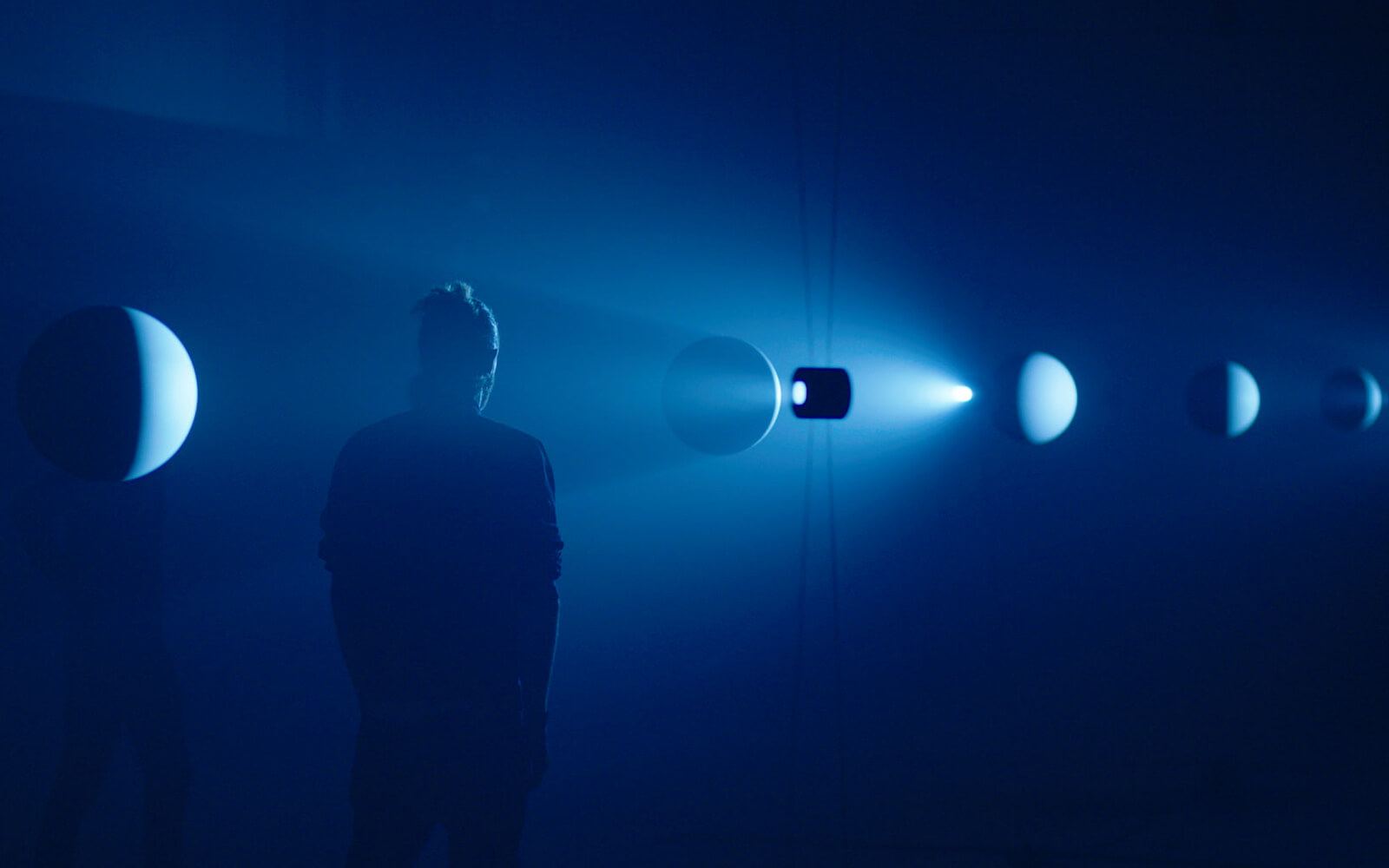
“REBOOT: Pioneering Digital Art” opens at Rotterdam’s Nieuwe Instituut. Building out of the Digital Canon 1960–2000 research project organized by LI-MA consultancy, the show presents Netherlands-centric electronic and media art from the second half of the 20th century by artists including Annie Abrahams, Driessens & Verstappen, Edward Ihnatowicz, and JODI. Not only a celebration of the past, contemporary Dutch artists including Dries Depoorter and Luna Maurer & Roel Wouters contribute newly-commisioned works.
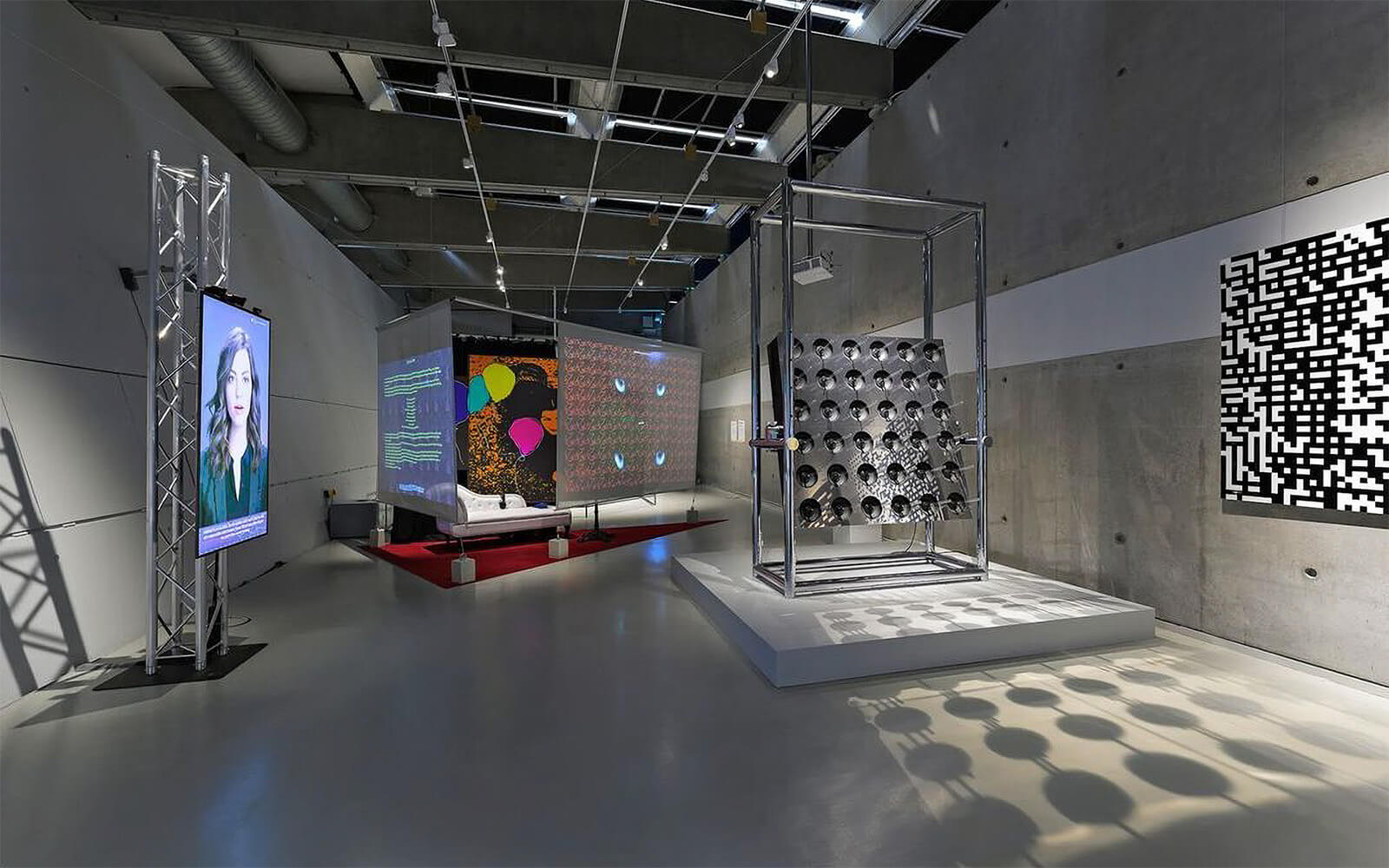
Polish artist Krzysztof Wodiczko’s permanent installation Voices of Memory (2023, image) opens in the Hall of Remembrance at Warsaw Insurgents Cemetery. A memorial to the 1944 Warsaw Uprising, in which 150,000 civilians and 18,000 insurgents died during a revolt against occupying German forces, it “expresses opposition to all armed conflicts.” In the piece, Wodiczko presents audio of survivors’ testimonials and syncs their traumatic recollections with projections of flickering flames.
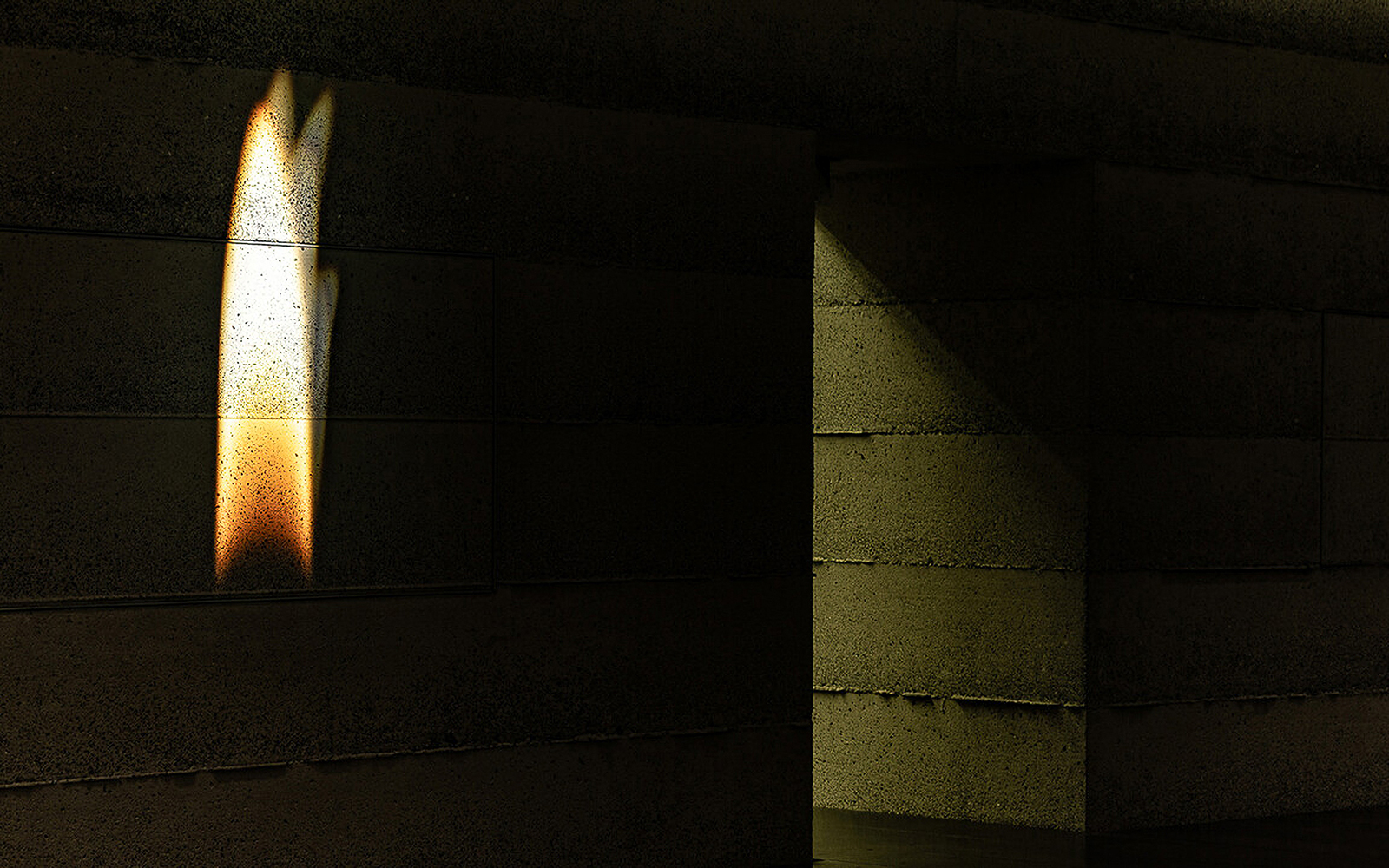
New Media Gallery in New Westminster (BC/CA) opens “Measure,” a group exhibition that reflects on the “interconnections of time, light, colour, season, and cosmological cycles” with works by Matthew Biederman, Annette S. Lee, Félicie d’Estienne d’Orves, James Nizam, Alan Storey, and Semiconductor. Nizam’s site-specific celestial tracker Earth Spin Moon Orbit (2023, image), for example, traces the movement of our planet’s natural satellite in real-time.
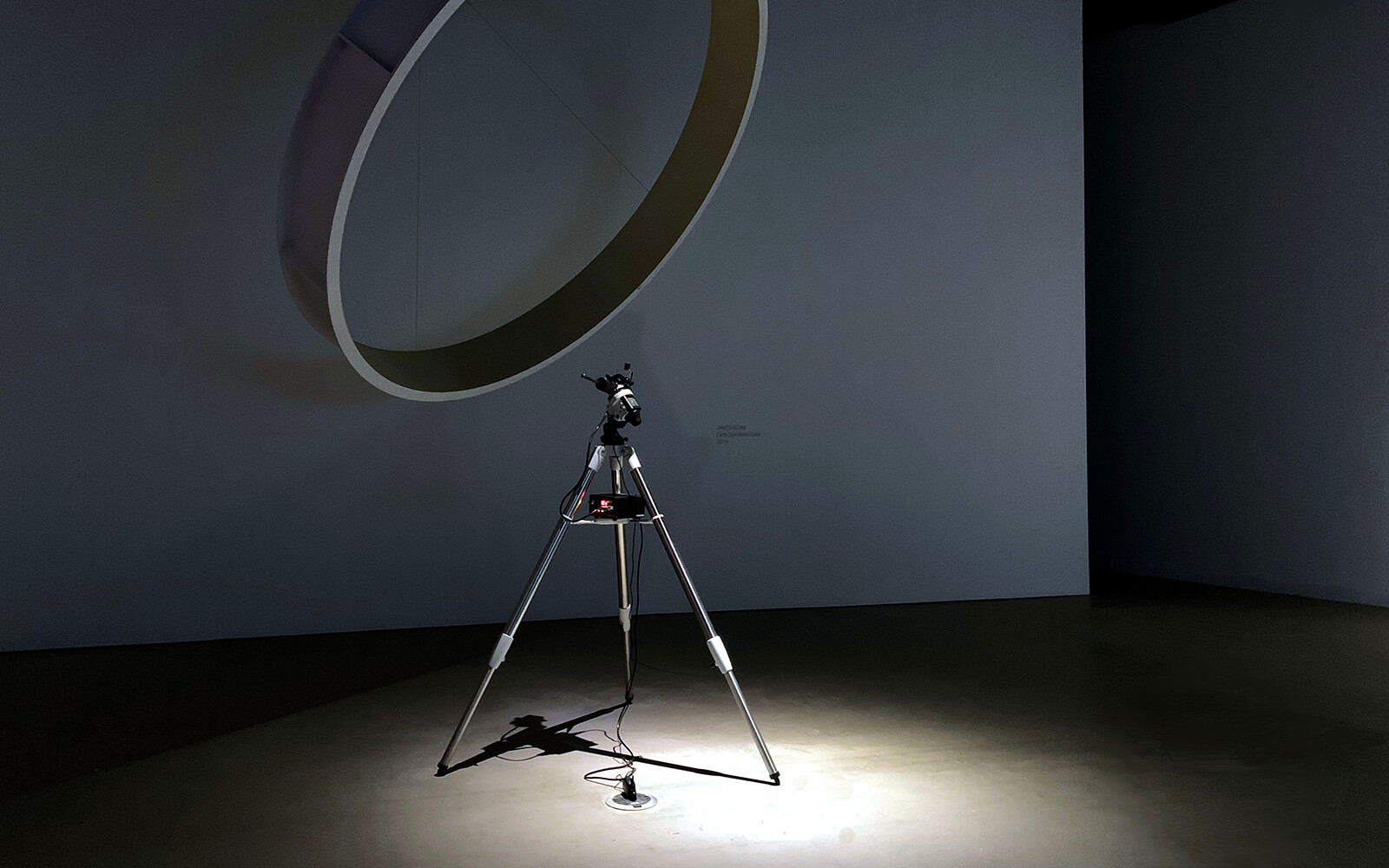
“Alluding to the physical laws of propagation of light particles and sound waves,” Carsten Nicolai’s solo show “Strahlen / Raggi” opens at the Fondazione Modena Arti Visive (FMAV) in Modena (IT). Displayed are tributes to the German artist’s late friend and collaborator Ryuichi Sakamoto, a Geiger counter-driven reinterpretation of a Japanese Zen garden, and a pair of installations where sound causes water in rotating parabolic basins to ripple—cleverly warping reflected light (image: reflektor distortion, 2016).
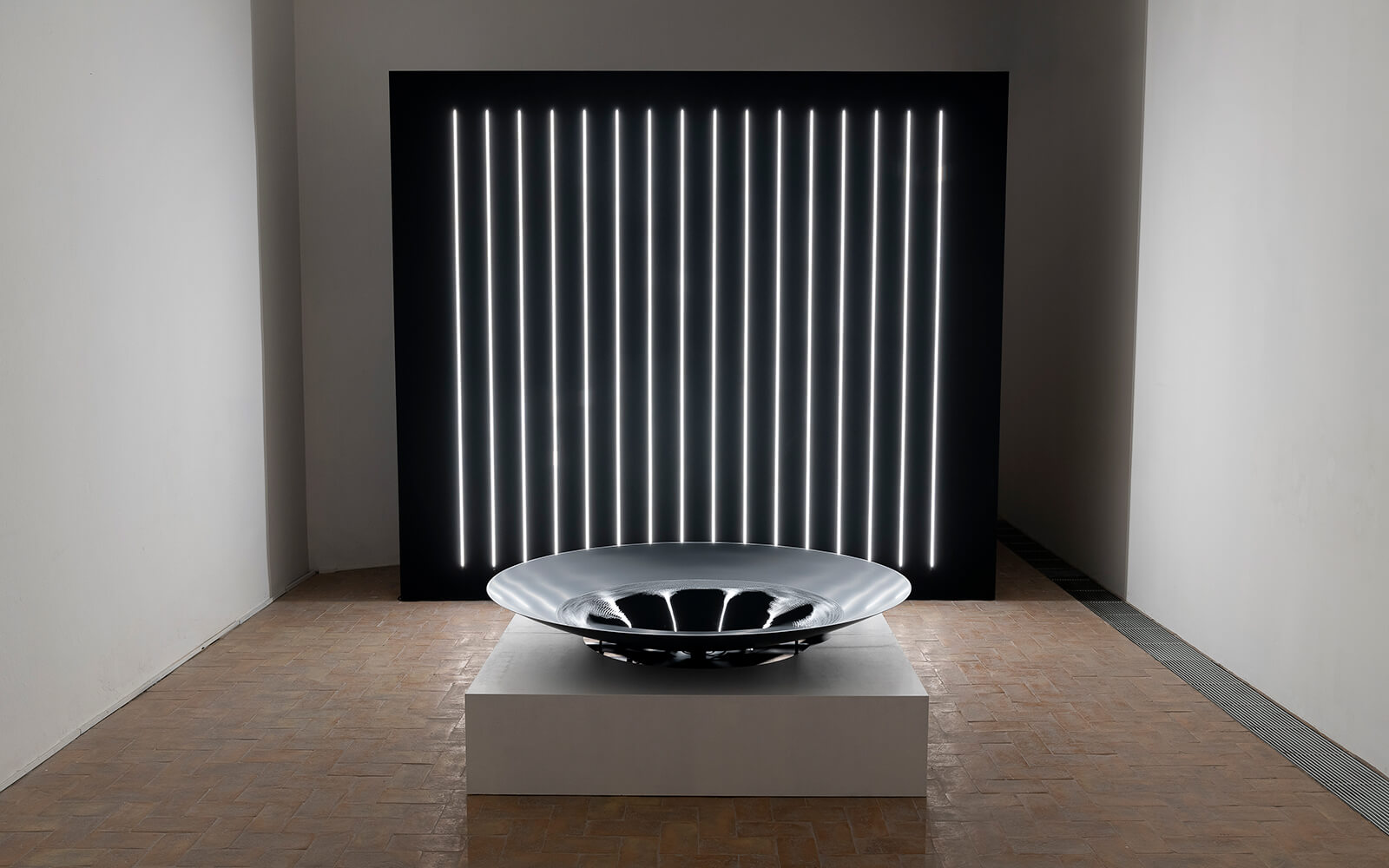
Pairing artists and scientists in the Experiments in Art and Technology tradition, “EXPERIMENTAL ECOLOGY” opens at Kulturstiftung Basel H. Geiger (KBH.G) in Basel (CH). Five artist-scientist duos including Sissel Tolaas & Christina Agapakis, Michelle-Marie Letelier & Karin Pittman, and Zheng Bo & Matthias Rillig articulate ecology and climate research in installation, fashion, and video. “What may, what should, and what must art do?,” write curators Martina Huber and Gianni Jetzer.
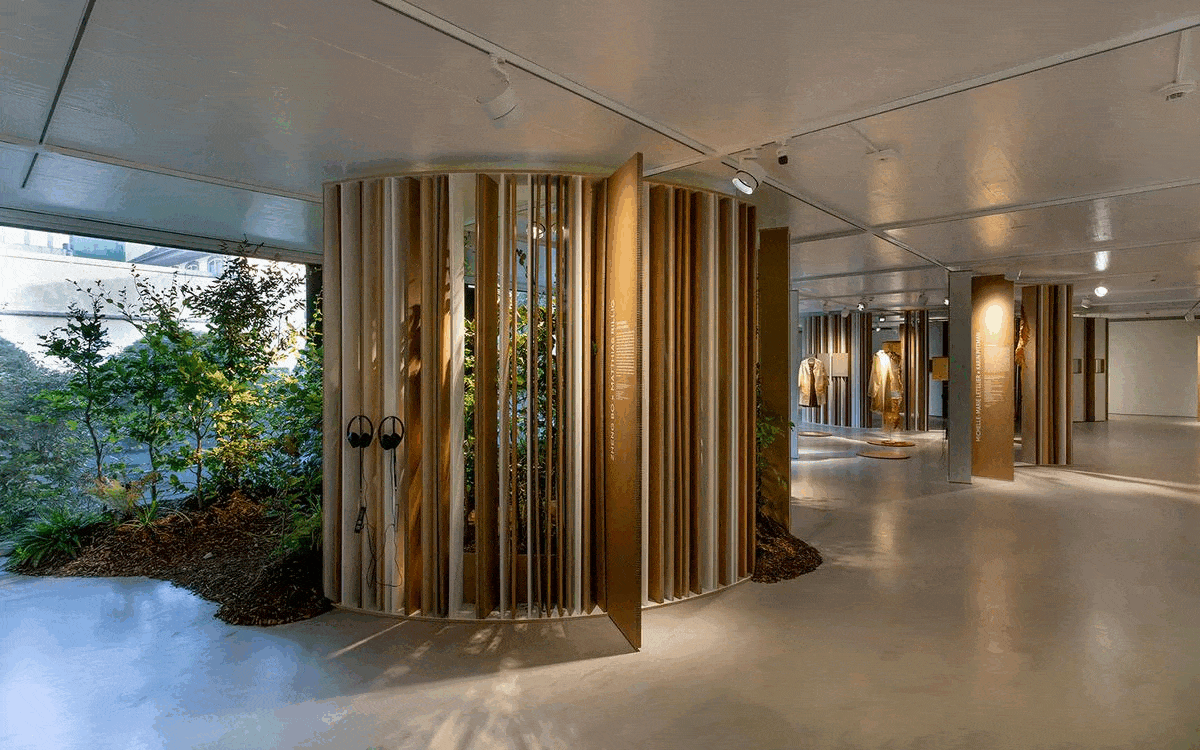
“Are You Working Now?” opens at the National Taiwan Museum of Fine Arts (NTMoFA) in Taichung City. Curated by Mike Stubbs and Ming Turner, the show presents work from an impressive roster of 13 artists including Simon Denny, Harun Farocki, John Gerrard, I-Ting Hou, Ryoichi Kurokawa, Molleindustria, and Hito Steyerl that question capitalist notions of productivity. Rosie Gibbens’ installation version of Planned Obsolescence, (2023, image), for example, whimsically reimagines bodies at work.
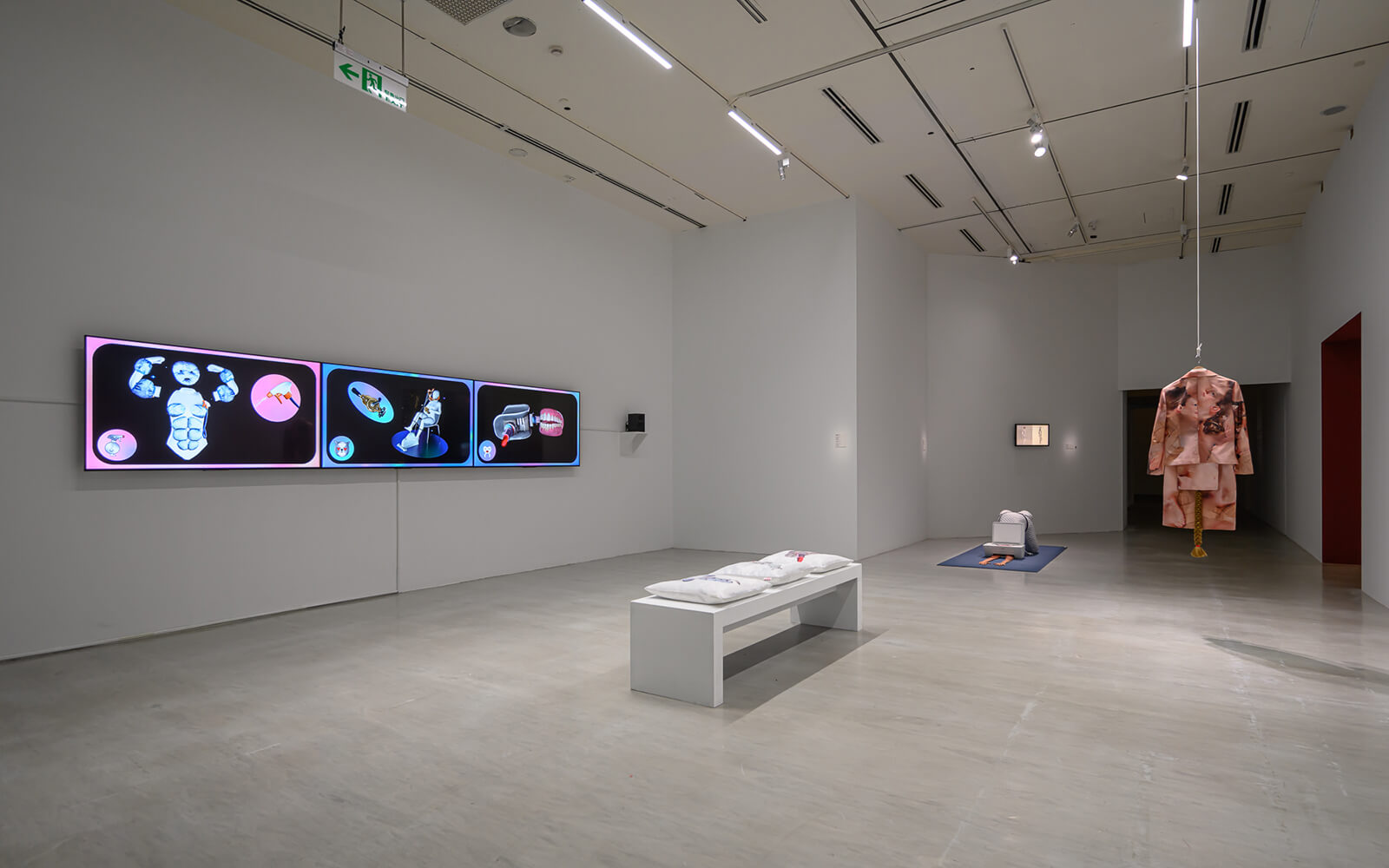
Canadian artists Janet Cardiff & George Bures Miller open their own art space in rural British Columbia (CA) with a retrospective of several of their renowned works. Featured in the raw ‘art warehouse’ are surround sound installations including The Murder of Crows (2008), a dreamlike “film experience that has no film” sonic pastiche, and The Forty Part Motet (2001, image), which famously turns a Salisbury Cathedral Choir performance into an immersive, embodied, and transcendent listening experience.
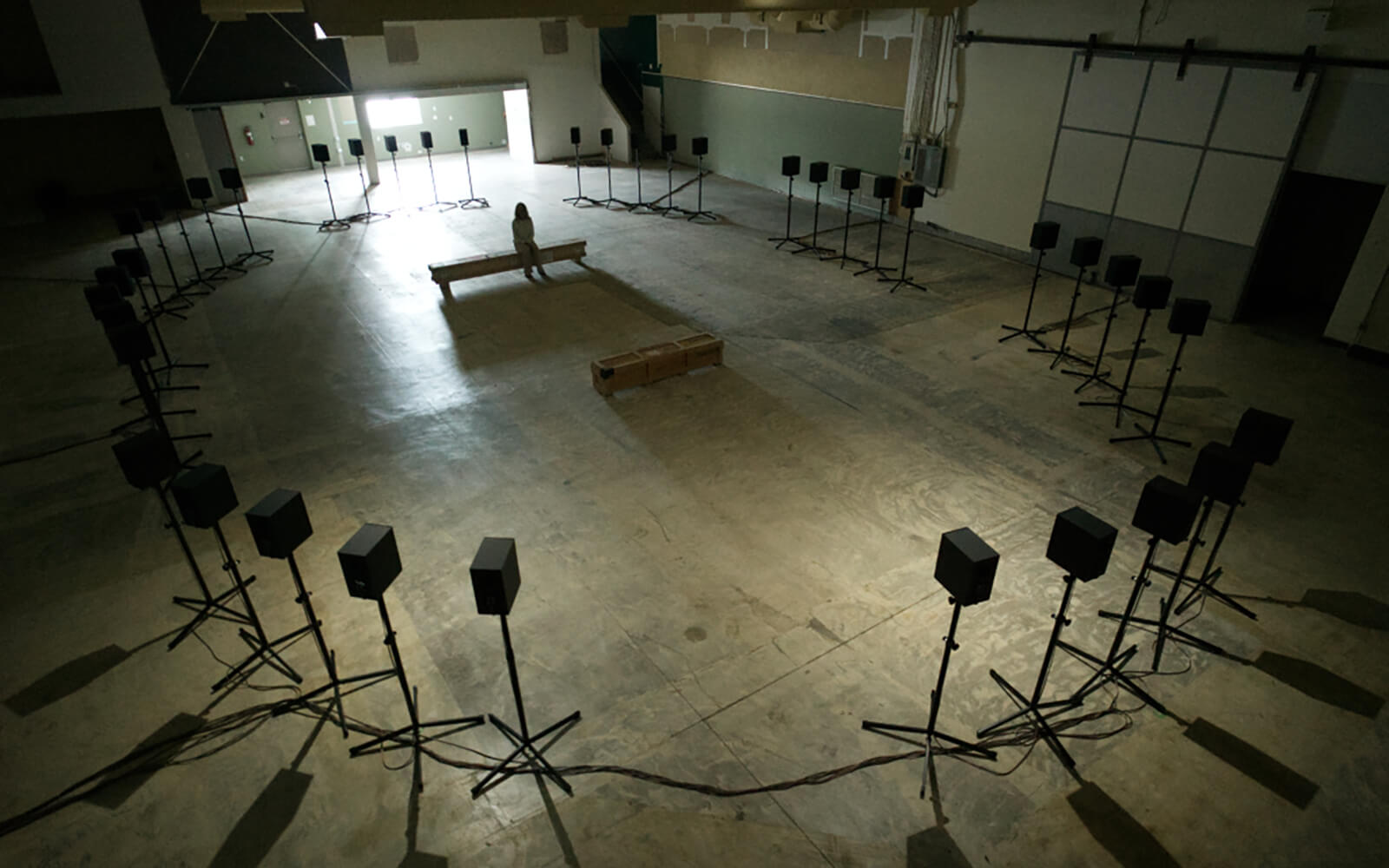
Copenhagen Contemporary opens “Yet, It Moves!,” a city-wide exhibition of art-science encounters that explore the universe’s only constant: movement. Eleven artists including Cecilia Bengolea, Ryoji Ikeda, Black Quantum Futurism, Jakob Kudsk Steensen (image: Tongues of Verglas, 2023), and Jenna Sutela worked with leading researchers through Arts at CERN, ModLab, DARK, and the IMC to express phenomena like black holes, star formation, and gravitational waves as 3D animations, VR, AR, sound, and immersive installations.
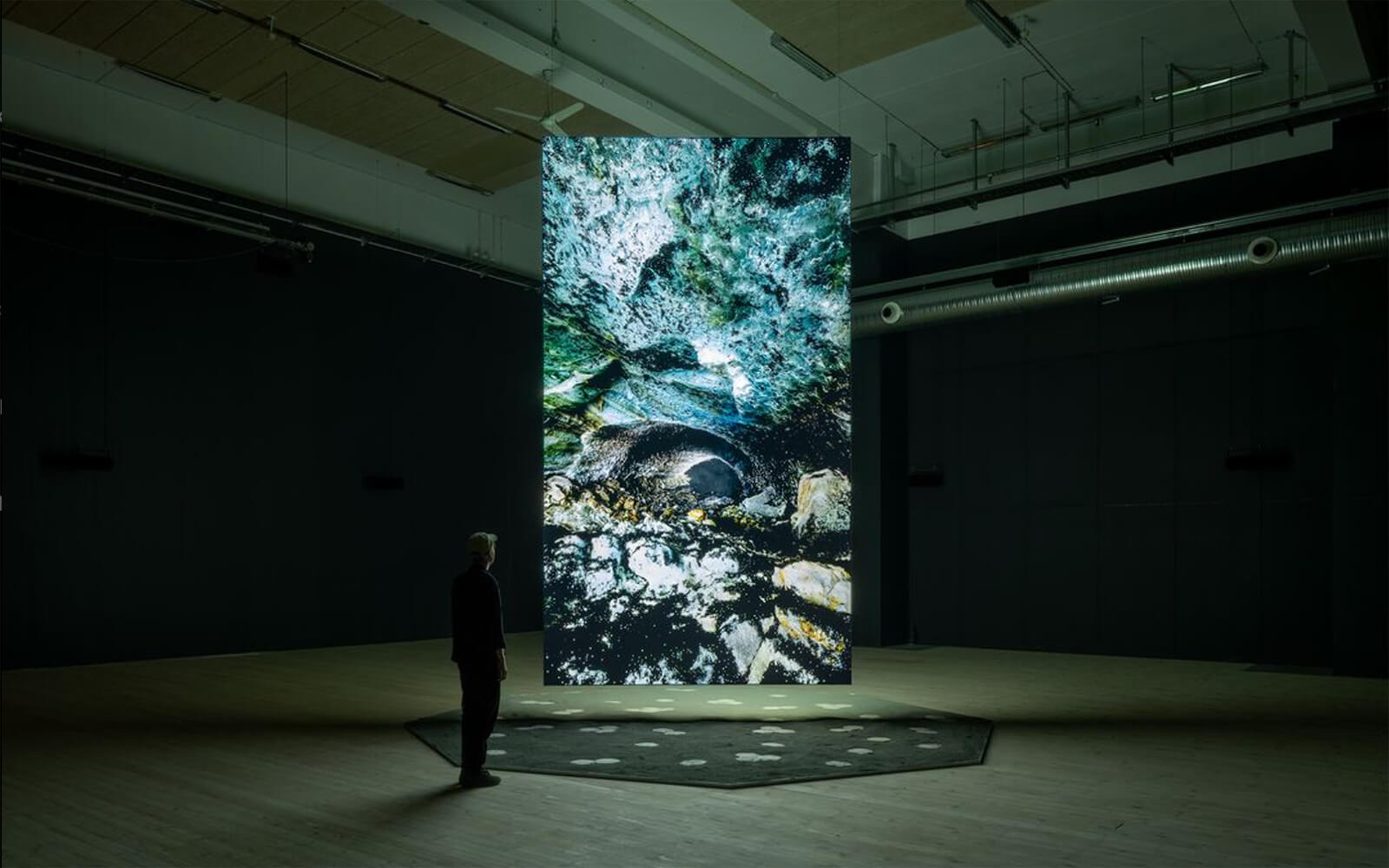
Daily discoveries at the nexus of art, science, technology, and culture: Get full access by becoming a HOLO Reader!
- Perspective: research, long-form analysis, and critical commentary
- Encounters: in-depth artist profiles and studio visits of pioneers and key innovators
- Stream: a timeline and news archive with 1,200+ entries and counting
- Edition: HOLO’s annual collector’s edition that captures the calendar year in print
